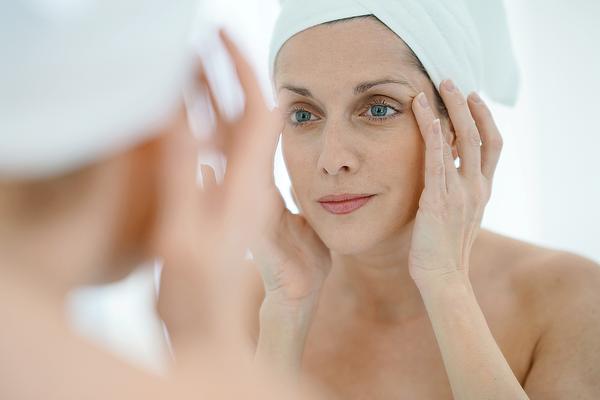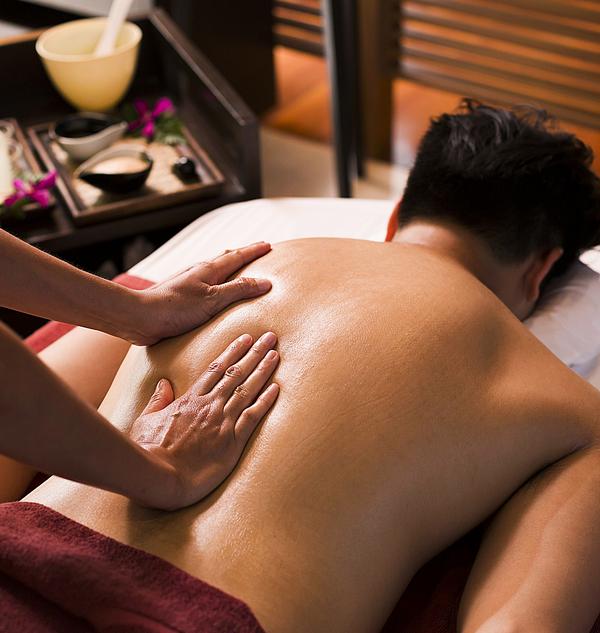|
Leisure Management -


|
|
| Letters
|

Do you have a strong opinion, or disagree with somebody else’s point of view on topics related to the spa industry? If so, Spa Business would love to hear from you. Email your letters, thoughts and suggestions to [email protected]
|
|
|
 |

The complexity of the skin microbiome |
 |
Dr Claudia Aguirre, neuroscientist and mind-body expert
I was pleased to see the skin microbiome introduced in the Spa Foresight section of the Spa Business Handbook 2017– 2018 (see page 68). The segment hit the two key points around the skin microbiome – balance and immunity – but I’d like to add a bit more depth into our understanding of the skin microbiome.
It’s important for skin professionals – and the general public – to realise how diverse and multitudinous the skin microbiome population really is. The communities thriving on the forehead are likely very different than those on the cheeks, arms and toes. What’s more, the biodiversity of skin habitats is heavily influenced by the biodiversity of the ecosystems in which we reside (humid beach town vs. dry desert town). That means simply travelling around can impact our skin’s biodiversity, potentially affecting our risk of skin disease, allergies or other inflammatory conditions.
Another important point is our supposed understanding of bacteria in skincare. For many years, anti-acne products, treatments and education have positioned the P. acnes bacteria as the main culprit in causing acne. Fighting ‘acne-causing bacteria’ with antimicrobials is still the leading method in the anti-acne industry; however, just last year, UCLA researchers found that people with healthy skin actually had more P. acnes bacteria than acne patients. This is contrary to the long-held belief that this bacteria causes acne – in fact, the researchers position P. acnes as a probiotic! So if we’re still determining which bacteria are probiotic, perhaps it’s prudent to wait until more research is available before wiping out a potentially beneficial population on our skin, or introducing bacteria known only to be beneficial in other areas like the gut.
"The biodiversity of skin habitats is heavily
influenced by the biodiversity of the ecosystems in which we reside"
| |


|
| shutterstock |

The bacteria on the forehead is likely different from those on the cheeks |
|
|

|
Beata Aleksandrowicz, co-founder,
Pure Massage Spa Training Method®
I read with great interest your trend report in the Spa Business Handbook’s Spa Foresight section about the next generation of massage – Nose to Toe (see page 74). I agree that it’s time that we consider the whole body as one, and this is certainly a step towards that goal. All systems of the body are connected and depend on each other, but this is especially true for the muscular system. It is connected, there is a oneness and there is always a ripple effect from any movement within the body.
It is also important to bring wholeness back into our discussions about spa. Clients are coming to the spa and are often disconnected – both mentally and physically. We need to look at them as whole people.
But I would urge caution too. By simply introducing long, flowing movements from the nose to the toe – without intention or deep understanding of oneness – we may lose the great opportunity to make change for our clients. If the therapist is not present in mind and body and doesn’t make a true connection with the client, it is lost. The movements merely become a series of protocols to follow like a robot. There must be deep understanding of the connection and the reason why we are working from nose to toe. Only then will the massage deliver the true benefits for the client.
"Clients are coming to the spa and are often disconnected – both mentally and physically. We need to look at them as a whole person"
| |


|
| shutterstock |

The muscular system is highly connected |
|
|
 |

Prevention is key for wellness – and spas |
 |
Patrick Saussay, founder and CEO, Global Project & Spa Advisory
The adage ‘an ounce of prevention is better than a pound of cure,’ is well-known, but it seems in our modern society – focused on the present and possessions – we may have forgotten about these wise words. The culture of immediacy, a focus on external looks, economic pressures, a lack of information, and the relative novelty of the wellbeing market may explain this.
At spas, we should embrace the concern for underlying causes, and genuinely listen to people and create truly personalised care. Techniques of empathy and psychology, together with holistic treatments that incorporate exercise, nutrition, sleep, meditation and silence, can be combined with lifestyle suggestions and follow-up visits.
To live longer is not an end in itself if someone is not leading a life of health and wellness. Prevention to secure wellness is a daily process that starts early, and spas can help by offering solutions beyond curative treatments – which could lead the way for guests to interact with the spa in a more in-depth way.
There are challenges that will have to be overcome: a serious inclusion of wellness at work; educating and teaching the younger generations what wellbeing is all about; and creating a quality environment – which includes access to quality food, air and water, as well as healthy living spaces at home and at work.
These dimensions are linked, and our wellness industry seems to be ideally positioned to play a major role in these challenges.
"To live longer is not an end in itself if someone is not leading a life of health and wellness"
| |


|
| shutterstock |

Holistic programmes and lifestyle suggestions are key |
|
|
 |
| Originally published in Spa Business 2017 issue 4
|
|
 |
|